
It has been demonstrated that the calculated free testosterone derived using commonly available online calculators, which are based on simpler models assuming simple 1:1 binding of testosterone and SHBG [1,2], deviate from measurements obtained by equilibrium dialysis by as much as 40% [3-9].
Current methods for measuring free testosterone (fT) are technically challenging and not accurate. The widely used direct immunoassay and tracer analog techniques for measuring fT have been shown to be inaccurate. Equilibrium dialysis, the reference method against which other methods are compared, is labor-intensive and cumbersome, and therefore has had limited clinical adoption. Recently, Endocrine Society’s Expert Panel acknowledged the experimental problems in fT measurements and concluded that "...the calculation of free testosterone is the most useful estimate of free testosterone in plasma..." For this reason they advocate for indirect "calculator" based methods, where free testosterone can be computed from the total testosterone, SHBG, and albumin concentrations.
However, we have demonstrated that even the calculated fT values derived from the prevailing equations, based on linear law-of-mass action models or empiric equations, differ systematically from free testosterone measured by equilibrium dialysis by as much as 40%.Recent biophysical studies have established that SHBG is a dimer that exhibits allostery in its interaction with testosterone. This consideration allows TruT™ to more accurately model free circulating testosterone [5].
[1] Vermeulen A, Verdonck L, Kaufman JM. A critical evaluation of simple methods for the estimation of free testosterone in serum. J Clin Endocrinol Metab 1999;84:3666-3672.
[2] Sodergard R, Backstrom T, Shanbhag V, Carstensen H. Calculation of free and bound fractions of testosterone and estradiol-17 β to human plasma proteins at body temperature. J Steroid Biochem1982;16:801-810.
[3] Rosner W. An extraordinarily inaccurate assay for free testosterone is still with us. J Clin Endocrinol Metab2001;86:2903
[4] de Ronde W, van der Schouw YT, Pols HA, Gooren LJ, Muller M, Grobbee DE, de Jong FH. Calculation of bioavailable and free testosterone in men: a comparison of 5 published algorithms. Clin Chem. 2006 Sep;52(9):1777-84.
[5] Zakharov MN, Bhasin S, Travison TG, et al. A multi-step, dynamic allosteric model of testosterone's binding to sex hormone binding globulin. Mol Cell Endocrinol. Jan 5;399:190-200.
[6] Heinrich-Balard L, Zeinyeh W, Déchaud H, Rivory P, Roux A, Pugeat M, Cohen R. Inverse relationship between hSHBG affinity for testosterone and hSHBG concentration revealed by surface plasmon resonance. Mol Cell Endocrinol. 2015 Jan 5;399:201-7. doi: 10.1016/j.mce.2014.10.002. Epub 2014 Oct 13. PubMed PMID: 25308967.
[7] Hackbarth JS, Hoyne JB, Grebe SK, Singh RJ. Accuracy of calculated free testosterone differs between equations and depends on gender and SHBG concentration. Steroids. 2011 Jan;76(1-2):48-55. doi: 10.1016/j.steroids.2010.08.008. PubMed PMID: 20816687.
[8] Metzger J, Schnitzbauer A, Meyer M, Söder M, Cuilleron CY, Hauptmann H, Huber E, Luppa PB. Binding analysis of 1alpha- and 17alpha-dihydrotestosterone derivatives to homodimeric sex hormone-binding globulin. Biochemistry. 2003 Nov 25;42(46):13735-45. PubMed PMID: 14622020.
[9] Ly LP, Handelsman DJ. Empirical estimation of free testosterone from testosterone and sex hormone-binding globulin immunoassays. Eur J Endocrinol. 2005 Mar;152(3):471-8.
[10] Rosner W, Auchus RJ, Azziz R, Sluss PM, Raff H. Position statement: Utility, limitations, and pitfalls in measuring testosterone: an Endocrine Society position statement. J Clin Endocrinol Metab. Feb 2007;92(2):405-413.
[11] Bhasin S, Cunningham GR, Hayes FJ, et al. Testosterone therapy in men with androgen deficiency syndromes: an Endocrine Society clinical practice guideline. J Clin Endocrinol Metab. Jun;95(6):2536-2559.